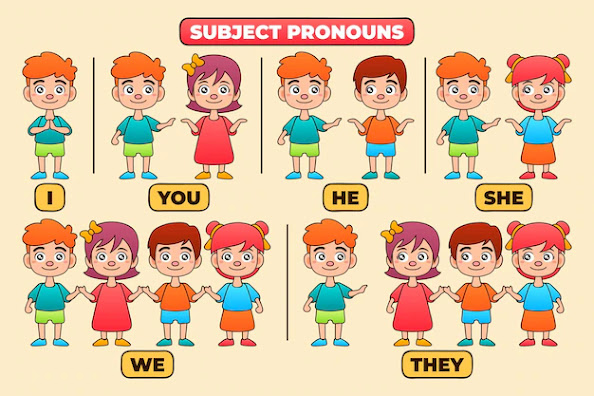Telling time

There are two common ways of telling the time. 1) Say the hour first and then the minutes. (Hour + Minutes) 6:25 - It's six twenty-five 8:05 - It's eight O-five (the O is said like the letter O) 9:11 - It's nine eleven 2:34 - It's two thirty-four 2) Say the minutes first and then the hour. (Minutes + PAST / TO + Hour) For minutes 1-30 we use PAST after the minutes. For minutes 31-59 we use TO after the minutes. 2:35 - It's twenty-five to three 11:20 - It's twenty past eleven 4:18 - It's eighteen past four 8:51 - It's nine to nine 2:59 - It's one to three When it is 15 minutes past the hour we normally say: ( a) quarter past 7:15 - It's (a) quarter past seven When it is 15 minutes before the hour we normally say: a quarter to 12:45 - It's (a) quarter to one When it is 30 minutes past the hour we normally say: half past 3:30 - It's half past thre...



